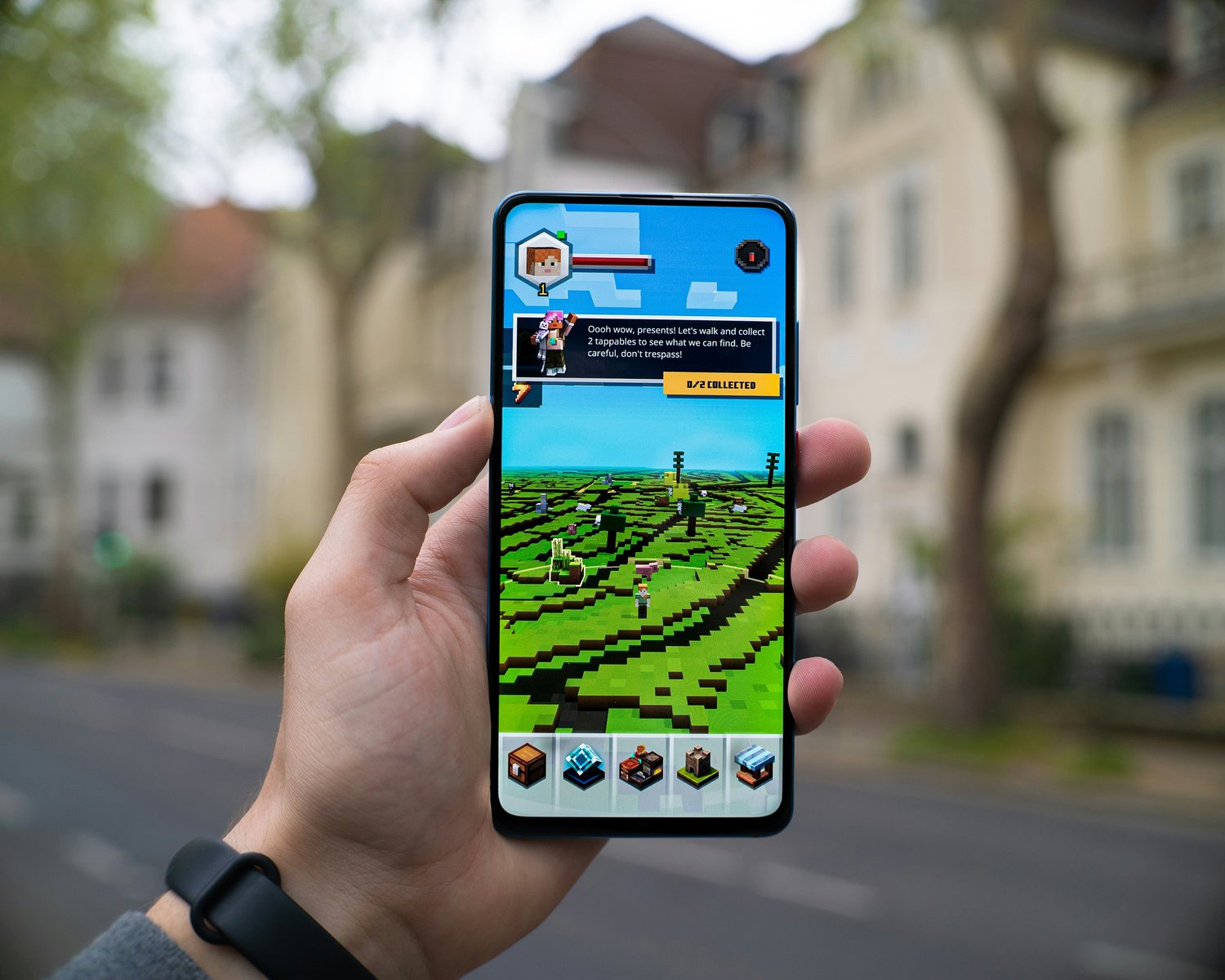The trend of providing players with more opportunities for creativity
Do you love games? Because I definitely do! Especially when they let you express yourself, create something, or just have fun without any deeper meaning. The word creativity comes from create, and when games give us the tools to create, it means we can do everything I love about gaming: express ourselves, build, and enjoy pure, carefree fun.
So why are developers giving us more opportunities to create, modify, and influence gameplay – essentially, to showcase our creativity? Let’s dive in and find out.
User-Generated Content
When a group of players or a solo player builds a map in Minecraft, especially in this vast theme of the Great Minecraft, it often results in something grand – particularly when there’s intent for a serious project. Prototypes of real cities, castles, skyscrapers, villages, air bases, Godzilla-like structures, and similar creations are just some examples. Later, these maps can even be monetized, and sold to servers. Roblox, with its built-in monetization system, allows creators to earn based on the popularity of their creations. If you remember classic Counter-Strike (CS 1.6), there was also a massive pool of community-created maps.
Beyond maps, users also create custom game modes, which often require conceptual maps to bring them to life. If you follow League news, you won’t hear much about modifications or custom maps there, but believe it or not, even League of Legends has community-made maps, some of which have become legends in their genre. For instance, CS2 players often train their aim on custom maps created by the community.
Content made by players, for players, directly meets player needs without the developer’s direct involvement. Think about it: an ecosystem that thrives without official updates or expansions, where players create what they want without expectations or demands from the developer… although, let’s be honest, complaints will still exist – because they always do, and developers always seem to leave something out.
Sandbox Environments
Sandbox environments empower players with freedom and creativity, offering open-world settings where experimentation with game mechanics and systems is encouraged.
Games like The Legend of Zelda: Tears of the Kingdom allow players to combine physics, crafting, and exploration to build vehicles, structures, and tools to overcome challenges in unconventional ways. Similarly, No Man’s Sky provides procedurally generated planets where players can explore, build bases, and reshape their surroundings while uncovering the mysteries of an infinite universe.
A sandbox and open world offer that feeling of freedom everyone chases, but once they enter, they often don’t know what to do. That’s why the Grand Theft Auto series has won over the most gamers on the planet—there’s freedom, but the game doesn’t leave you alone. Instead, it surrounds you with lively, well-developed characters.
This is more about the freedom to create. Think back and recall your first childhood drawing. Forget about exams, utility bills, LoL esports news, and remember the moment you first drew lines, picked colors or shaped your first figures out of clay. That pure, sacred creativity stays with us into adulthood and finds its way into many aspects of life – video games being one of them.
In Minecraft, one of the most iconic sandbox games, players can craft entire worlds, from simple shelters to massive cities and intricate redstone-powered machines, limited only by their imagination. Garry’s Mod takes this a step further, offering players an open physics sandbox where they can create everything from humorous scenarios to fully functional mini-games using tools and community mods.
Modding
Modding support plays a significant role in extending the life of games, empowering players to create and share custom content that enhances or transforms their gaming experiences. Games like The Elder Scrolls V: Skyrim, Cities: Skylines, and Cyberpunk 2077 embrace modding by providing players with the tools to add new characters, environments, tools, mechanics, and even entire storylines. These modifications often breathe new life into older games, keeping them relevant for years.
Modding is a great workshop for starting a career in game development. It’s like a construction kit or a “workshop” that helps you understand what’s important when working on level design. An esports analyst looks at League of Legends roster changes and predicts who will win the championship or at least make it to the finals, while a level designer looks at your mod and predicts whether players will enjoy running around your location.
For instance, Skyrim‘s modding community has produced everything from visual overhauls and gameplay tweaks to full-fledged expansions with new quests and regions. Similarly, Cities: Skylines thrives on mods that introduce custom buildings, new transportation systems, and improved city management tools, enabling players to tailor the game to their preferences. In Cyberpunk 2077, mods address performance issues, introduce quality-of-life improvements, and add fan-requested features that the developers didn’t include.
Social and Collaborative Play
Social and collaborative play thrives in co-op sandbox games, where players unite their creativity and efforts to build, experiment, and share experiences. Games like Valheim encourage teamwork as players explore procedurally generated worlds, gather resources, and construct massive bases to survive and conquer challenges. Collaboration becomes essential, whether fortifying defenses, taming the wilderness, or planning ambitious architectural projects.
Similarly, Garry’s Mod serves as a limitless creative playground, where players work together to design entertaining mini-games, elaborate role-playing scenarios, and physics-driven experiments. Its tools and open-ended systems allow groups to craft anything from comical skits to fully functional game modes, fostering a sense of shared ownership and achievement.
Other games, like Minecraft, emphasize both creativity and community, enabling players to collaborate on monumental projects such as sprawling cities, complex redstone contraptions, or faithful recreations of real-world landmarks. Meanwhile, Fortnite Creative and Roblox take social play to the next level, empowering players to build and share custom maps, challenges, and experiences, with the most popular creations often becoming cultural phenomena.
Conclusion
In esports, people discuss skills, LoL roster changes 2024, contracts, player motivation and tilt because, at its core, it’s still a sport where results matter. In modding and creative spaces, the focus shifts to features and concepts that hook players. For example, I got completely absorbed in Stumble Guys before writing this article because the concept caught my: an arcade-style race like Fall Guys, combined with a battle royale mode, live service support for the community, and ultimately custom games – exactly what we’re talking about today: community-driven creativity.
Earlier, I mentioned that no sense of freedom captivates players like GTA because, in many games, that freedom feels isolating. That’s why cooperative creativity in games like Valheim, Minecraft, or Garry’s Mod is so engaging – when you have a well-developed character by your side – your friend – you become a dynamic duo, a small yet powerful part of the community.
But let’s skip the philosophy: an online sandbox is a unique real-time experience that directly depends on you. Players immerse themselves in these games because it feels like painting a picture, writing a story, composing a song, or sculpting – only here, you can do it alongside a friend on the other side of the planet, joining forces with just a couple of clicks to create a work of art.
Play, enjoy, touch the grass, create real things, and then start again. The world of technology and video games is deeply intertwined – after all, online games are technology – so use them to benefit yourself and those around you. Ave gaming!



